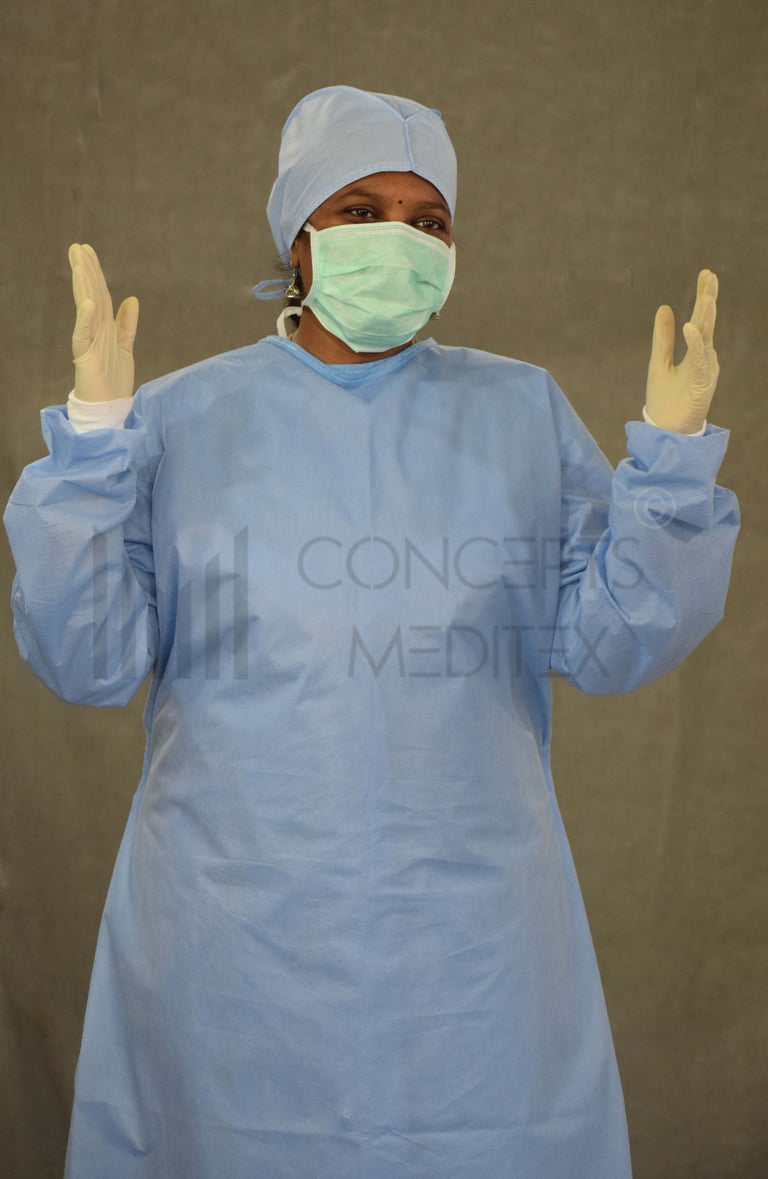
Exploring Protective Textiles and Their Impact on Surgical Site Infection


Understanding Protective Textiles
In the realm of healthcare, protective textiles serve a pivotal role in safeguarding both patients and healthcare professionals. These materials are specifically designed to prevent the transmission of infectious agents while providing comfort and breathability. The evolution of protective textiles has been remarkable, reflecting advancements in science and technology aimed at augmenting safety in medical settings.
The Role of Protective Textiles in Surgical Procedures
During surgical procedures, the risk of surgical site infection (SSI) is a significant concern. Protective textiles, such as surgical gowns, drapes, and masks, are engineered to provide barrier protection against pathogens. In addition to their physical barrier functions, these textiles often incorporate antimicrobial properties that further reduce the likelihood of infection. The effectiveness of these materials in maintaining a sterile environment cannot be overstated, as they are integral to the overall success of surgical operations.
Perspectives on the Impact of Protective Textiles
The implications of utilizing advanced protective textiles extend beyond merely preventing SSIs; they contribute to a broader understanding of infection control practices within healthcare environments. With the integration of new materials and technologies, there is an ongoing discussion about the balance between functionality and comfort. Healthcare professionals are increasingly advocating for innovations in protective textiles that not only offer protection from infection but also cater to the need for mobility and comfort during long surgical hours. This shift in perspective is crucial in fostering a safer and more effective healthcare environment.
Furthermore, the continuous research and development in protective textiles aim to enhance their protective qualities, integrating features such as moisture-wicking capabilities and breathability. These enhancements not only improve the user experience but also play a significant role in reducing the risk of SSIs, demonstrating the direct correlation between textile innovation and patient outcomes.
In summary, the interplay between protective textiles and surgical site infection control illustrates the vital role that material science plays in the healthcare industry. As protective textiles continue to evolve, their impact on infection control will undoubtedly remain a focal point for healthcare providers, researchers, and policymakers alike. Embracing advancements in this field will enable healthcare systems to enhance patient safety and uphold the highest standards of care.
